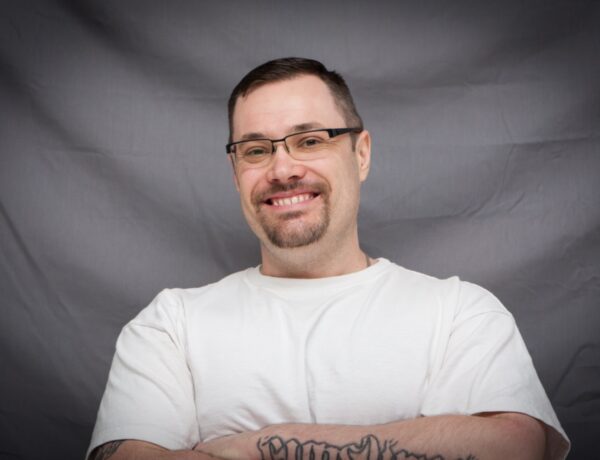Janet Skeslien Charles is the award-winning author of Moonlight in Odessa and The Paris Library. Her shorter work has appeared in revues such as Slice and Montana Noir.
She learned about the history of the American Library in Paris while working there as the programs manager. She divides her time between Montana and Paris.
Each week, we publish a new daily writing routine from a famous author. Subscribe to our newsletter so you don’t miss out!
Hi Janet, great to have you on Famous Writing Routines. We’re really excited to talk to you about your writing routine and process. For those who may not know, can you please tell us a little bit about yourself?
Hello! Thank you for your interest in my work. I’m the author of The Paris Library, an international bestseller that has been translated into 36 languages. As a child in Montana, I lived on the same street as a war bride from Normandy and enjoyed learning French phrases. I grew up during the Cold War in the 1980s and was interested in peeking behind the Iron Curtain.
I got a job teaching English in Ukraine for two years, and wrote Moonlight in Odessa, a novel about the booming business of email-order brides. After Odessa, I moved to France and first became interested in the story of the librarians who stood up to the Nazi ‘Library Protector’ when I worked at the American Library in Paris.
Via Zoom, I’ve met with over 200 book clubs, libraries, and bookshops. My shorter work has appeared in the Chicago Tribune, the Sydney Morning Herald, and the anthology Montana Noir.
Can you take us through the creative process behind your book, The Paris Library?
If I have a specialty in writing, it is taking poorly paid jobs and turning them into novels. I first learned about the real-life librarians featured in my novel while working as the programs manager at the ALP.
I started researching the story by cold calling people with the same last names as my characters or reaching out to them on social media. I read several years’ worth of newspapers and journals such as the Paris edition of the New York Herald and Library Journal, as well as memoirs written by French and American women who lived in Paris during the war.
When I sat down to write the story of Directress Dorothy Reeder, I had a hard time putting words in her mouth. She was such an incredible, brave, intelligent woman. So I decided to create a fiction character named Odile who could witness what was happening. It was easier for me to put words in Odile’s mouth.
The Paris Library became an instant New York Times best-seller upon release. How does something like impact your future writing career and subsequent work?
I’m grateful for the team at Atria and Simon & Schuster for their belief in the book and I am glad that so many people have read and enjoyed learning about how librarians and other ordinary Parisians made it through the war. At the end of the day, though, I am alone with my pen and paper, trying to write the best story I can, just like I did after my first book came out.

What does a typical writing day look like for you?
Before COVID, I liked to get up at 5 in the morning to write. It was much easier for me to concentrate before COVID. Now, I get up later and I’m distracted a lot more. When the writing doesn’t come, I try not to get too angry at myself and turn to research.
Usually, I write in the morning; answer emails, post on social media and do research in the afternoon; and in the evening and on weekends, I meet with booksellers, libraries, and book clubs to talk about the novel. I love meeting with book lovers!
Do you have a target word count or a set amount of hours you like to write each day?
I don’t do a target word count at the beginning, but once I’m into my novel I do. I don’t have a set time to write each day.
I’d love to know some of the books that you’re reading at the moment. Any recommendations?
I’ve just started Great Circle by Maggie Shipstead. Books I’ve recently finished and recommend are French Water for Flowers by Valérie Perrin and Bel Canto by Ann Patchett.
What does your writing workspace look like?
My office is full of books, both on the shelves and on the floor. One day, I will die of an avalanche of books. You can’t even see my desk because there are so many books and papers on it. Some mornings I have to dig to find my computer.
Before you go…
Each week, we spend hours upon hours researching and writing about famous authors and their daily writing routines. It’s a lot of work, but we do it out of our love for books and learning about these authors’ creative process, and we certainly don’t expect anything in return. However, if you’re enjoying these profiles each week, and would like to send something our way, feel free to buy us a coffee!



No Comments